The thing you’ll remember the most about your trip to Argentina isn’t going to be hiking the glaciers, or seeing one of the Seven Wonders of the World. Everyone agrees: their favorite thing about Argentina is the people. People who love sharing the tradition of asado.
People who passionately debate football all-stars: Maradona or Messi. People that make this country so addicting.
Whatever you’ve heard about safety in Argentina, you have to understand the greater economic and political context of the country. This is not a nation plagued by warring drug gangs, or where tourists are gunned down on the beach.
However, the average person is struggling to get by and almost 50% of the population live in poverty. Argentina is one of three Latin American countries making up the top 50 poorest countries list (along with Haiti and Bolivia).
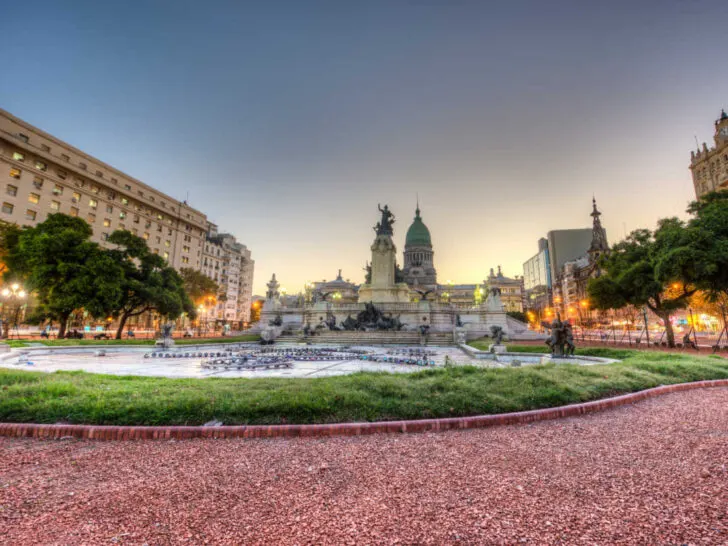
A history of colonization, dictatorships, chronic economic crises, and the highest inflation in the world (276% annually) is what makes Argentina so volatile. The average monthly salary is less than $200 USD.
That’s a quarter of the cost of your new iPhone or fancy watch, which makes these sorts of gadgets prime targets for pickpockets.
I’ve lived in Argentina for 15 years now. I’ve only been robbed twice (knock on wood). Here are my safety tips for making sure that theft doesn’t ruin your next trip.
Common safety concerns in Argentina
The definition of “safety” might seem like common sense, but it’s all relative. If you’re coming from small-town America you won’t have the same street skills as someone from a major urban area like New York City. You might even leave your doors unlocked at night, or walk around glued to your phone on street corners.
Planning Your Trip to South America?
Save time, stress & money with a customized travel itinerary planned for you by a South America expert
If that’s your home environment then you’re going to need to sharpen up before hitting the streets of Buenos Aires and beyond.
The regions with the most petty theft are:
- Buenos Aires and the surrounding province: It’s a major metropolitan city with ~15 million people so naturally there will be crime-ridden areas.
- Cordoba: The second-largest city and home to several universities.
- Rosario: It has made international news as Argentina’s most dangerous city for violent crime due to free-roaming drug gangs and is not typically a tourist destination.
- Mar del Plata: Although a beach town, it has a population of 8 million people during high season, and it’s a running joke that pickpockets go there for vacation.
- Mendoza: This border town has a seasonal population of migrant workers imported from Bolivia due to the wine industry.
- Tucuman and Salta: Both are also border regions with Bolivia, and mid-size cities surrounded by impoverished rural areas.
The first time my phone was stolen was sitting at a sidewalk cafe on a main avenue in Mendoza city, after a morning of indulging in wine tastings. I fell for the oldest trick in the book – the classic distraction tactic of covering your belongings with travel pamphlets and confusing you by trying to sell you something in Spanish.
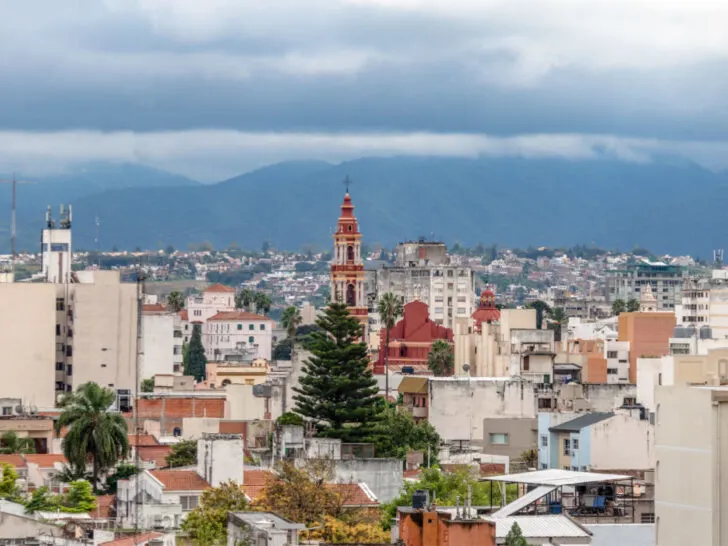
Before you know it, they’ve swept your valuables up along with the pamphlets and walked away. Fortunately, it was an older model Windows phone and my accounts were not breached.
The second time was years later, at an electronic party in Palermo. I had just spontaneously run into my “hola perdido” of the summer and was high on life and other substances. Don’t be naive: this is when you’re at your most vulnerable and pickpockets can smell you a mile away.
They opened the crossbody zipper bag I was wearing on my chest and removed my phone and wallet. My credit cards were all with local banks, and I was able to cancel them quickly. Most theft will happen inside these parties by other people who bought tickets just to rob you.
If you’re unlucky, you’ll get ambushed outside the club walking home. Always walk in groups of two or more, or take an Uber or other car service home. Even if you’re a tall, strong man you can still be a victim if you look drunk or are shouting loudly.
Typical robbery methods include:
- The grab and dash (taking phones off tables inside restaurants)
- Pretending to sell you socks or trash bags in order to get close enough to steal your phone
- Bumping into you to reach inside your pocket
- Cornering you to ask for directions or to use your phone for an emergency
- Squirting you with ketchup or mayonnaise and pretending to help clean it off in order to reach for your valuables
- Snatching your phone out of your hand while on the bus or subway (especially if you sit near windows or the exit door). Always keep your phone stashed safely out of sight on public transport
- Grabbing your bag and replacing it with a similar one (advanced level)
In the past, there have been violent robberies at gun or knifepoint in San Telmo and Puerto Madero. Several tourists have been shot or stabbed in an attempt to thwart a robbery (usually of expensive watches or cameras).
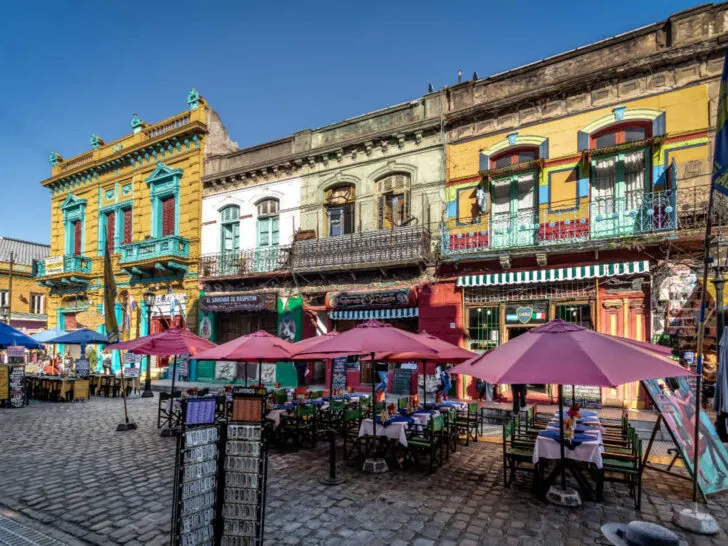
Thieves tend to work in pairs, with one person scouting potential victims wearing backpacks, expensive jewelry, or cameras on their necks. They may follow you to your next destination where the robbery will take place (usually outside of hotels or restaurants).
Female travelers
As a female traveler, street harassment happens but has gotten better over the years due to government campaigns and an official hotline to report incidents that you see in the street.
Just send an SMS text message to number 22676 (ACOSO) with a description of the incident, perpetrator, and location. You’ll need to send a text using your local SIM card or switching networks to your home country (if on an eSIM). Be aware of your surroundings at all times, and do not walk alone under street overpasses or in dark parking lots.
Buenos Aires has a special women’s police department for cases of gender violence. Call hotline number 144 or save the WhatsApp number in your phone for emergencies.
LGBTQIA+ travelers
Argentina has become a homeland for many LGBTQIA+ immigrants seeking refuge from discrimination in other countries. Amongst the capital cities in Latin America, Buenos Aires is the most gay-friendly.
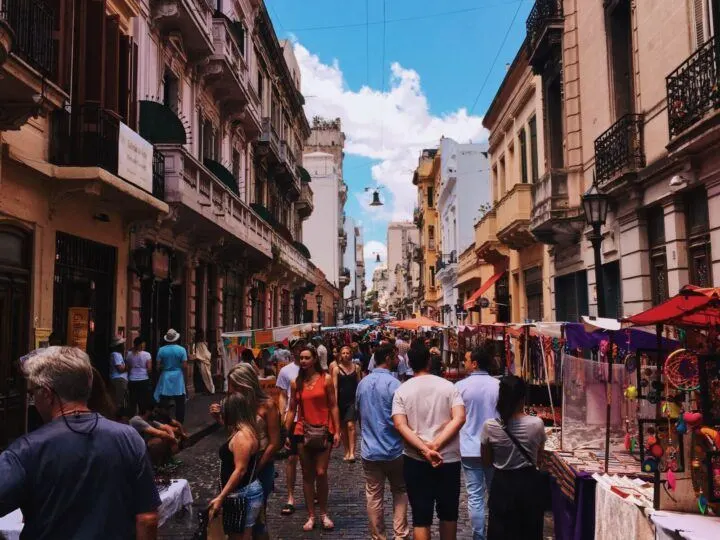
Argentina celebrates Pride Month in November, instead of June. The Pride parade in Buenos Aires is the second largest in Latin America, and is another paradise for pickpockets.
Unfortunately, there have been recent hate crimes against the lesbian community resulting in a triple homicide. Members of the LGBTQIA+ community have a hotline to make reports of violence or discrimination.
Traveling outside major cities will bring you to areas more prone to discrimination against LGBTQIA+. In general, the farther north you go in Argentina, the more you’ll find traditional culture and Catholic religious beliefs. If you arrive at a hotel with your same-sex partner, the receptionist might assume you want separate beds.
While you may not feel physically threatened in most places, verbal insults in Spanish are pretty common.
Neighborhoods to avoid in Buenos Aires
In Buenos Aires, the neighborhoods arywhere tourists can be found. Those with the most pickpockets are:
- Palermo
- San Telmo/Montserrat
- La Boca
- Puerto Madero
Do not visit or stay in La Boca after sunset. There are multiple streets that you can wander off from the main tourist area of El Caminito and find yourself in gang-run areas.
If you’d like to get to know that part of the city and how those people live you can book a tour with locals living in the neigborhood. Many street vendors and tango dancers will pressure you to make a purchase, and even follow you down the street sometimes.
It’s best to plan your arrival/departure either in Uber or on the yellow hop-on/hop-off city bus that stops outside the PROA museum in La Boca.
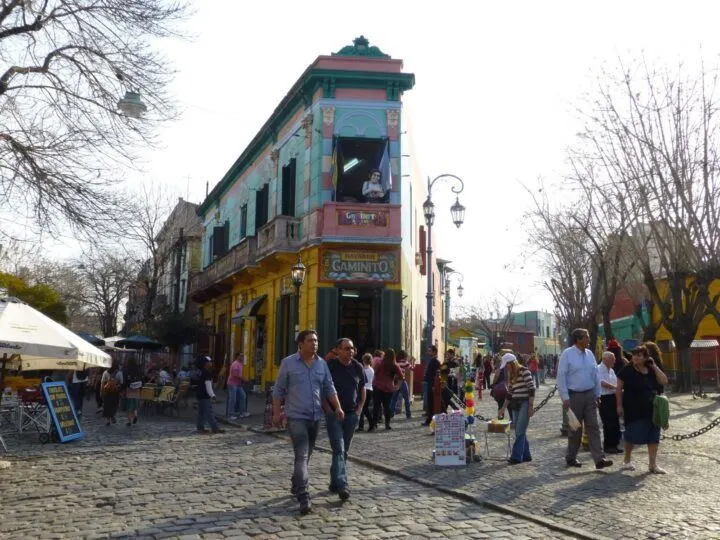
It’s helpful to be aware of the locations of “villas” (the Argentine equivalent of favelas) around the city (mapped out in red and blue here). They can be located right next to clothing boutiques and upscale hotels.
Oftentimes, thieves may escape into the slums to avoid police or sell your valuables for a quick drug fix. Chacarita is the hottest neighborhood for bars and restaurants right now, and is located meters from a villa.
Hip music venue, Polo Saldias, is only accessible by walking through a few blocks of Barrio 31.
Key safety tips for traveling in Argentina
No matter where you’re traveling in Argentina, there are a few safety tips to follow:
- Make a black and white copy of your passport’s first page with your photo and carry that in your wallet; you may be asked for this as proof of identity and your driver’s license does not count. Stow your passport in a safe in your hotel, or inside a secure pocket of your bag while traveling.
- Always wear your backpack on your front (straps facing backward). It’s always better to be safe and look stupid, but you’ll notice most locals do this too.
- Don’t keep all your valuables in one bag, in case of theft. Make sure to stow cash in secure pockets of several purses or backpacks.
- Never take your eyes off any of your bags or luggage, especially when in transit or waiting for transportation.
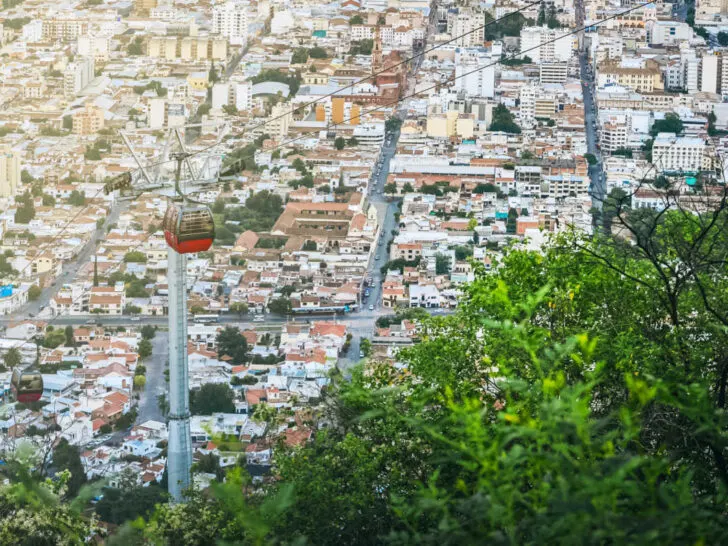
- Be cautious with camera equipment. Large lenses or camera bags catch pickpockets’ attention and have been the cause of violent robberies in the past.
- Don’t sit next to the window or exit door on public transportation (buses/subways) to avoid snatch-and-run robberies.
- When exchanging your native currency for pesos (either at a Western Union location or “arbolito”, underground exchange houses on Calle Florida) it’s best to bring an inconspicuous-looking bag for the load of pesos you’ll receive, and take an Uber to/from.
- It’s worth bringing a cheap phone or swapping your flashy phone case for something basic and dark-colored, so as not to draw attention. Definitely don’t show off the Apple icon on the back of your iPhone.
- Don’t bring your laptop to work outside at a cafe or restaurant. Never go to the bathroom and leave your laptop unattended (asking a stranger to watch your stuff isn’t always safe).
- Don’t store your cards in your phone’s virtual wallet, delete shortcuts and phone apps for all banking and money exchange services. Lock all apps with facial recognition. Thieves are increasingly using advanced technology and can drain your accounts.
Should you be concerned about political unrest?
After a few years of living in Buenos Aires, my family and friends in the US would mention they had received a travel advisory from the State Department warning about political uprisings in Argentina.
Each time, I’d have to reassure them that the country is constantly in a state of unrest due to competing political factions under a predominantly populist regime, and that I live far from the conflict surrounding the Casa Rosada (the Argentine version of the White House) downtown.
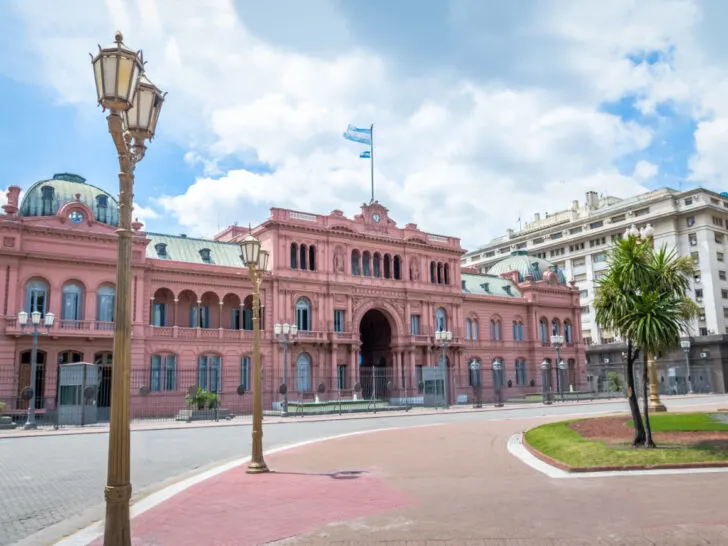
Typically, tourists want to visit historical landmarks such as the Casa Rosada, Plaza de Mayo, and other buildings located downtown. It’s worthwhile to be aware of protest schedules so as to avoid getting caught in tear gas or having your day’s schedule thrown off.
However, there have been recent cases of “protest tourism” (mostly European) fascinated by the theatrics employed by Argentines – such as using marching band drums, banging pots and pans, and colorful art installations.
Because of the strength of workers’ unions in the country, the transportation union often cuts access to the bridges and highways entering the city or causes flight cancellations and delays. Workers strikes and political protests have also affected tourist areas in Salta and Jujuy.
In 2023, the popular Tren de las Nubes in Salta was forced to refund a month’s worth of tickets due to strikes, and long-distance buses had to disembark passengers due to indigenous protests.
I recommend paying attention to alerts on the US Embassy website to stay updated. These workers’ strikes can also cause shops to be closed since their employees are unable to commute into the city.
Safety in national parks
The government park website has several pages on safety precautions (trail safety, wild animals, camping, natural disasters, permits, etc). However, you’ll need to research emergency hotline numbers for each region that you visit, and phone service is severely limited in many parks and hiking spots.
For example, I was told by locals to pre-arrange a pick-up time with my driver to come get me after a hike at the National Park in Ushuaia. Sure enough, there was no cell service out there.
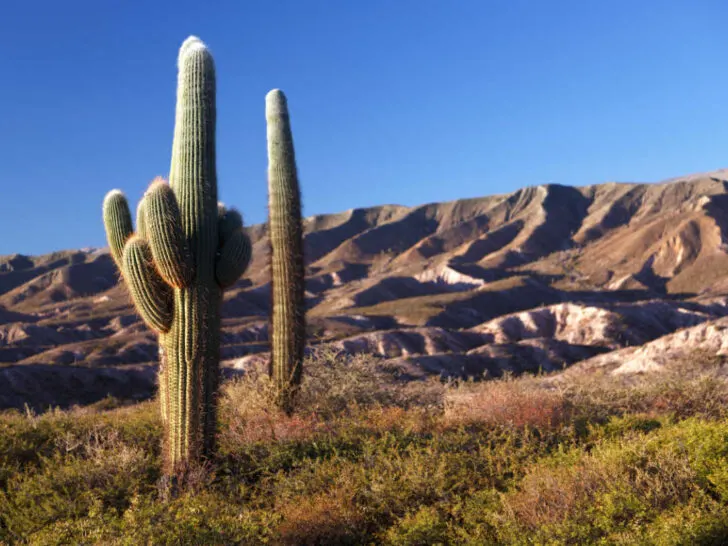
It’s recommended to consult the national weather service page before heading out on any hike. In mountainous areas covered year-round by snow (such as the peak Aconcagua in the Andes), global warming is triggering mudslides that shut down some hiking trails.
In late summer, after months of 40+ degrees, the provinces of Cordoba, Rio Negro (Bariloche), La Pampa and Buenos Aires tend to be on alert for forest fires.
Wild predators such as pumas (mountain lions) roam tourist trails in popular parks such as El Chalten in Patagonia. Earlier this year a family was surprised by a puma in the middle of daylight. The trick to de escalate such a situation is to make yourself look larger by raising your arms above your head. Mountain lions typically tend to avoid humans, however.
Staying healthy in Argentina
The first time I visited Jujuy I was staying at a family-run hostel on the border with Bolivia. One day I woke up and could barely get out of bed. The owner tried nursing me back to health with coca-leaf tea and mashed potatoes, but I ended up getting oxygen administered in a dusty roadside clinic.
Most tourists visiting Argentina don’t know that Jujuy is home to mountain peaks of 5,896 meters– that’s almost 2x the altitude in Cusco, Peru. But if you travel around Salta and Jujuy you’ll hear about apunamiento (altitude sickness).
Tips to stay healthy: travel slowly, drink lots of water, don’t over-exert your body, stock up on carbohydrates, and chew coca leaves in the corner of your mouth like the locals.
Argentina has a public health system, meaning that all people can receive medical attention in the emergency room in public hospitals. However, the wait could be several hours, as you’ll be in line behind people with life-threatening injuries.
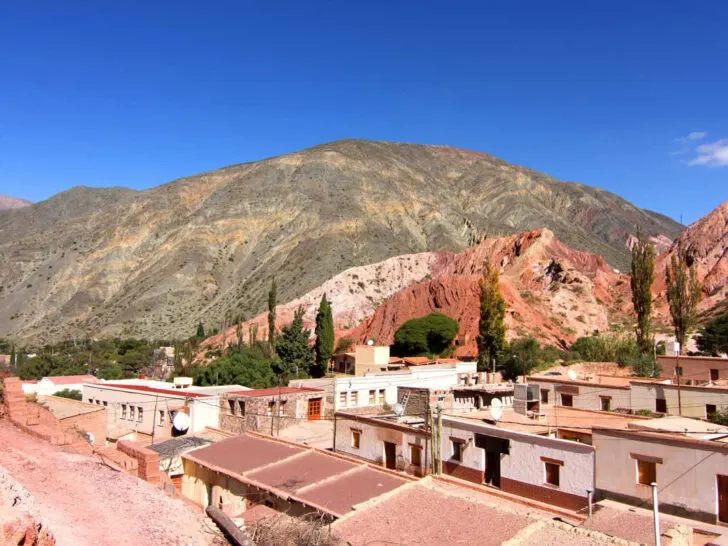
If you’re unable to communicate in fluent Spanish, it’s best to bring someone local with you or try to find a hospital that receives international tourists (such as the Hospital Italiano or Hospital Aleman in Buenos Aires).
You can also find good hospitals experienced in treating foreign visitors in tourist destinations like Bariloche (Hospital Bariloche Zonal) and El Calafate (Hospital Nuevo Calafate). Click here to download a recommended list of doctors, emergency rooms, etc. across the country (updated in 2023).
There have been several recent health epidemics affecting tourists, such as dengue, yellow fever, and bird flu. I have several friends who were hospitalized with dengue for a week, including those just visiting Argentina for a short stay.
You should get vaccinated, if eligible, before visiting Iguazu, Salta, or Jujuy. If you didn’t get your vaccines back home before traveling, I recommend CentraLab as they have locations in popular tourist neighborhoods and you can book appointments through the chatbot online or via WhatsApp.
You should sign up for insurance before you visit Argentina, although it’s no longer a requirement for entry to the country. Check your international health insurance to see if there are local providers that work with your plan.
Transportation
Traveling around the city of Buenos Aires
In Buenos Aires, you’ll need to take the subway to many tourist destinations and museums downtown. The green “D” line is typically the fastest way to get from Palermo to the Catedral stop (just a few blocks from Plaza de Mayo). You can find a map of the subway or “subte” as it’s known by locals here.
Many street vendors, buskers, and beggars board the subway asking for money. They may place their wares on your lap as they make their way through the car. Don’t touch anything or you may be expected to buy it – just pass it back to them when they get off the car.
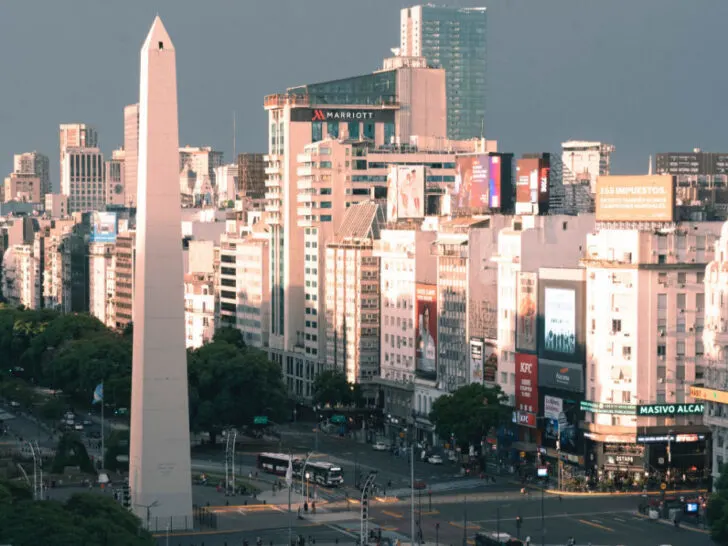
Other less savory types also board the subway looking for sleepy or distracted prey and can spot tourists a mile away. Keep your backpack on the front of your body, and your hand over the closure of any purses or cross-body bags, and only take out your phone when necessary. Wearing headphones is a good way to be distracted.
Sometimes you’ll need to make a transfer to a different subway line and have to go up and down several flights of stairs – this is also a time to stay alert.
Traveling around the city by Uber is relatively affordable, and you may not need to take public bus transport. However, if you choose to explore the city by bus, you need to be careful. Oftentimes robbers will board looking for prey with backpacks or on their phone waiting in line.
A recent vicious attack happened between a group of five people and a young man with a backpack, where he was thrown to the floor and kicked in order to steal the backpack.
Taking a bus on holidays, Sundays, or late at night can have you waiting for 30 minutes or more, so be prepared if you’re in an unknown area.
Transport Outside Buenos Aires
I always recommend doing research and reading a few traveler reviews before booking your next bus or plane ticket. The bus companies that offer the most coverage across Argentina are Plusmar, FlechaBus, Chevallier and Andesmar. You can find all the bus routes on the Omnilineas website.
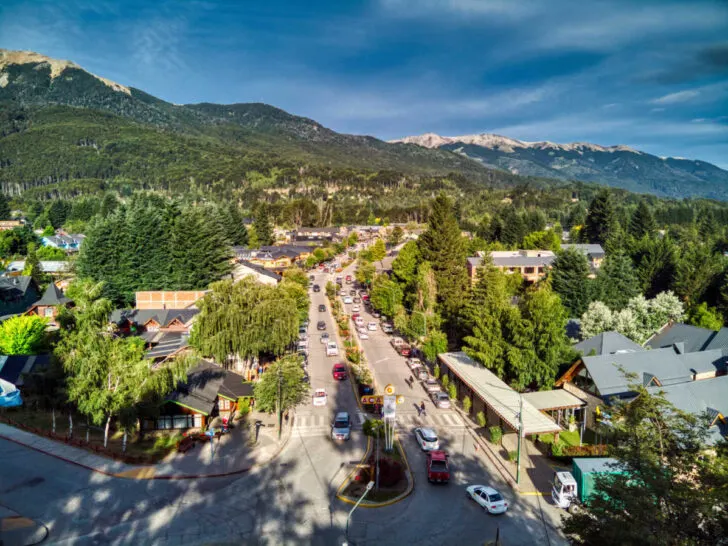
Argentina has relatively few airlines, although that could soon change, according to new legislation by President Javier Milei. Over the years, airlines have been nationalized and under the control of previous populist governments.
However, deregulation should allow for more price competition and more low-cost airlines. Currently you can fly domestically with: Aerolineas Argentinas, JetSmart, or FlyBondi.
According a 2023 global airline satisfaction survey, FlyBondi was ranked highest by Argentine residents, and JetSmart, the lowest. However, keep in mind that due to the economic crisis, price probably played the biggest factor in that vote.
FlyBondi is a quirky airline with modern branding set to attract a young customer base- however they have a small fleet of planes that are constantly requiring maintenance and causing flight delays.
Planning and packing right is ultimately the key to being a savvy, safe traveler. The right purse and luggage will make your trip much smoother.
Planning a trip to Argentina? Discover the best wineries in Argentina, the best things to do in Buenos Aires, or venture further afield and explore the best things to do in Bariloche – but before you book anything, make sure you read this guide on the best time to visit Argentina to ensure you make the right itinerary for you.
